Top 9 Vendor Risk Management Software for Infosec Pros in 2023
No single organization can master all trades, which is why their success hinges heavily on their vendors. And if vendors are crucial for your business operations,
Quick announcement: with SpectralOps you can protect your data from leaks caused by hard coded secrets and misconfigurations
At the root of every application and software is data. Badly structured data can, over time, turn into a spaghetti heap. This can cause prolonged chaos for your software development process. Not to mention the long-term headaches for your developers.
This is where a data architect comes in.
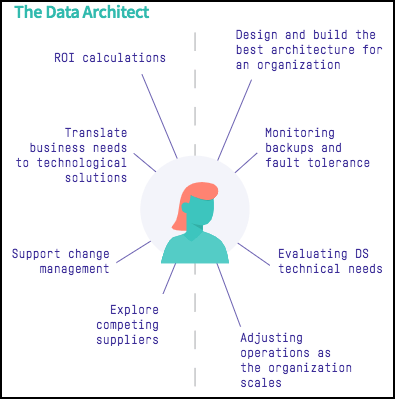
Contrary to the simplified belief that data architects merely work on databases, there is more to it than just creating tables in SQL. A data architect’s role in the software development process is to translate business requirements into defined standards and principles.
This involves unraveling the fuzzy details and turning them into something that is logically tangible. This logically tangible construction often manifests itself in the form of technical specifications, modeling of data structures, their relationships, interactions, and long-term functionality in relation to the business requirements.
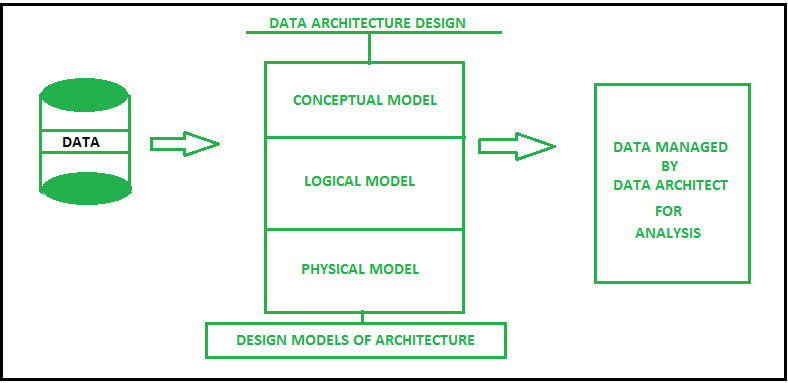
When developers create data structures ad-hoc, it can lead to an unstable construction over time. A data architect is someone who looks at the current requirements and creates pipelines of data in a way that will also be elastic enough for changes, feature additions, and whatever else that may come up further down the line.
This is what a data architect is in a nutshell. But what exactly do data architects do? And how do you become one?
On the surface, a data architect’s day-to-day job also sounds like something a data analyst can do. However, a data architect’s job is much more advanced technically and they have strong background knowledge in data structures, systems, and enterprise architectures.
An analysts’ background often sits on the other side of the spectrum. Their day-to-day tasks are concerned with cost estimations, business case write-ups, consultations with stakeholders, and higher-level content that is closer towards marketing and the commercial layers.
A data architect’s role sits closer towards the software development layers and is much more hands-on where their technical plans often get translated into the software itself. An analysts’ products still require additional unraveling and definitions, while a data architect’s products are the final step, if not the final step itself, in parts of the software construction process.
A data architect can spend their day organizing, refactoring, and untangling data at a macro level. This includes reorganizing or creating new data models for an application, dealing with how data models are standardized, inherited, and consumed.
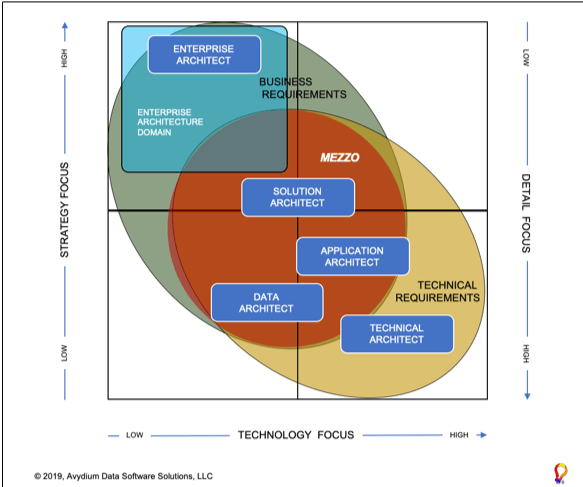
In most cases, a data architect deals with either a mix or exclusively with noSQL or SQL databases, mapping them into big picture data and project the perspectives of different stakeholder requirements onto the data in a cohesive and structured manner.
In contrast to an analyst, coding may be part of the data architect’s job. The hands-on nature of a data architect’s role means that they may be required to set up the various data structures and implement systems in AWS, Azure, Google Cloud, other cloud providers, or the company’s own server structures. Implementation of monitoring tools, security standards, and backup repositories of data may also come into the picture.
However, similar to an analyst, a data architect can move between the different layers of the business and stakeholders to gather requirements and translate them into an appropriate format for software development.
A data architect can act as a consultant during the requirements gathering stage, and slip into the builder’s role when creating the actual database, data streams, or visualizations itself. During the consulting stage, a data architect can also help establish pathways into the expected future growth of data, and its eventual transformation over time as new requirements, features and discoveries come to light.
When it comes to qualifications, there are no standardized industry-based certifications. Entry-pathways can be through database administration, with continued work into spaces where you directly get to design, develop, manage, and model databases.
Other useful pathways include application architecture and network management. ‘Data architect’ as a job title will probably not make an appearance until after 3-5 years of general job experience. This is because a data architect often sits at the senior levels and tends to have a large backlog of job experiences that helps meld together the different requirements of the business.
A data architect may not necessarily deal with the process of software creation itself like coding or infrastructure, but they do influence it and how code is programmed in the long run. This is because a data architect sits in between the client and the software, but never quite fully immersed in either one.
Getting hired as a data architect is based on the depth of knowledge in data-related spaces, in addition to width based on industry experiences and cross-sectional parts of the business.
However, if you want to pursue an official degree, majors in data science can come in handy.
There’s more to being a data architect than just data. Cross-sectional and soft cross-organizational skills are also required to be an effective and efficient data architect. In addition to this, technical skills can range from having a solid background in applied math and statistics, data visualization, data migration, relational database management systems, other types of databases like noSQL, machine learning, and knowledge of data mining and modeling tools such as ERWin, Enterprise Architect and Visio.
Most data architects start off as developers, therefore often have a good background in programming languages like Python, Java, the C-language families, and or Pearl. During their time as developers, exposure to UNIX systems can also familiarize and create points of knowledge for the data architect further down the road. Oracle experience can also leverage a data architect’s extended knowledge and its possible application to the case presented.
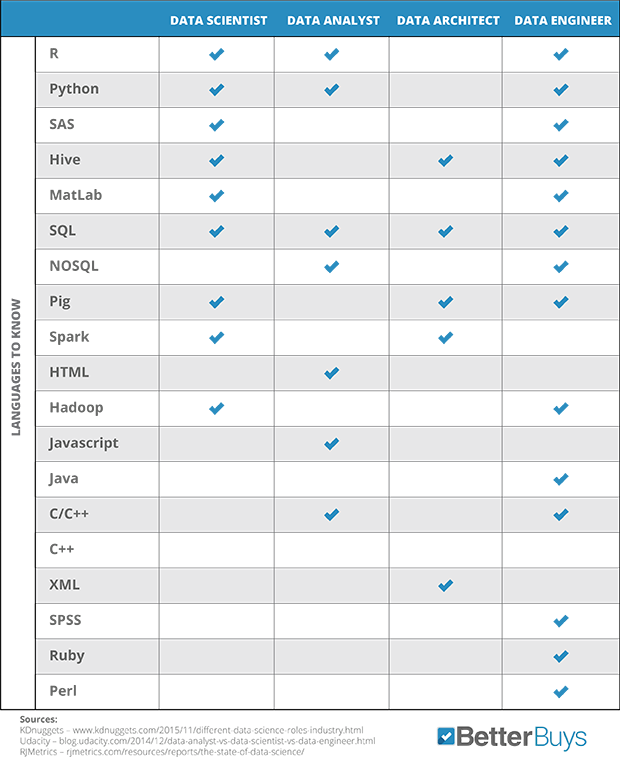
In addition to this, the ability to understand the business is a crucial skill for a data architect. This means that the data architect may have experience in the industry that they are designed for.
For example, having commercial banking experience can be beneficial for a data architect working on a finance-based system. As another example, having knowledge in tourism can boost your capacity to think about the relationships and requirements of time-based booking systems, in addition to payment systems and legal data storage requirements for things like GDPR and tax auditing.
Having knowledge of your industry, trends, and best practices can help a data architect predict the shape of data and how it can potentially be consumed by users, developers, and various stakeholders.
There is no clear pathway into a job as a data architect. Some people enter the job purely based on their experiences with data and databases. Others enter the job by climbing the ranks as a developer who specializes in data constructions.
If you are a software developer, you have an advantage in that you are aware of the nuances of data and how its structures can impact how a piece of software is created. This is because, as a software developer, you are directly dealing with the consumption and transformation of data. Understanding the pain points can aid your task as a data architect by giving you insight into the practical sides of data and its implementations.
As there are many layers in software development, to be a data architect, you must also enjoy the business logic implementation side. This is because at the base of all applications and software is the data – structured and unstructured.
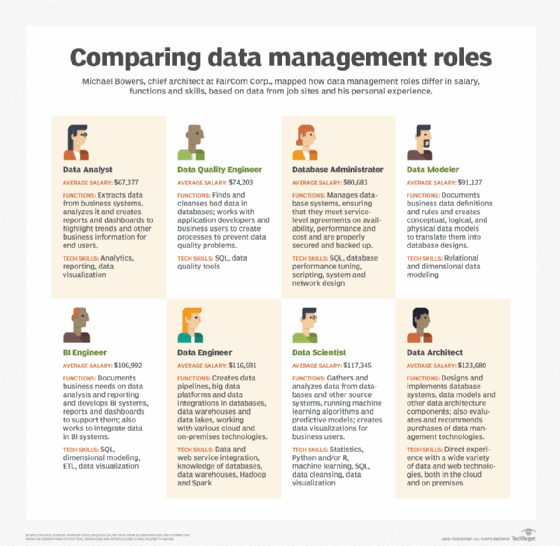
Becoming an official data architect in name will require patience and job hunting. However, your role as a software developer may already include elements of data architecting, management, and implementation. Leaving you not very far from becoming a bonafide data architect.

No single organization can master all trades, which is why their success hinges heavily on their vendors. And if vendors are crucial for your business operations,

Integration is an indispensable aspect of modern software development. As software applications become more complex and interconnected, every component must work seamlessly together like a game

Modern companies are rapidly adopting cloud applications and services due to scalability, cost savings, and faster time to market. DevOps teams and developers must deliver fast,